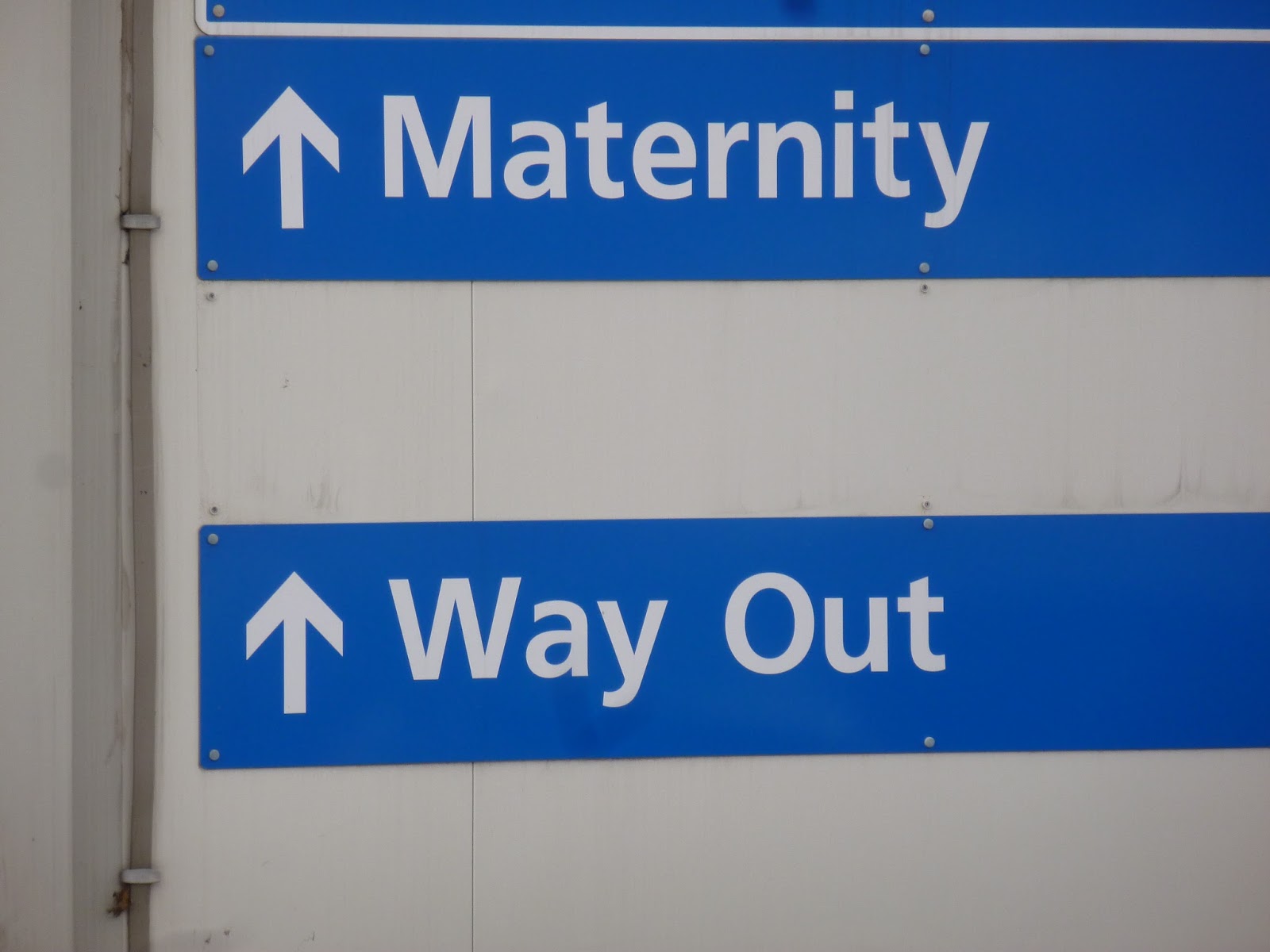
Many women lack access to lifesaving treatments and effective care during and after pregnancy and birth. This has led to many maternal deaths due to related conditions.
In a new study, the World Health Organization (WHO) said that Haemorrhage – heavy bleeding – and hypertensive disorders like preeclampsia are the leading causes of maternal deaths globally. These conditions were responsible for around 80,000 and 50,000 fatalities respectively in 2020.
The study also outlined other health conditions including both infectious and chronic diseases like HIV/Aids, malaria, anaemia, and diabetes which account for nearly a quarter (23 per cent) of pregnancy and childbirth-related mortality.
These conditions always go unnoticed until major complications occur, hence exacerbating risk and complicate pregnancies for millions of women around the world, WHO said.
Dr Pascale Allotey, director of sexual and reproductive health and research at WHO said: “Understanding why pregnant women and mothers are dying is critical for tackling the world’s lingering maternal mortality crisis and ensuring women have the best possible chances of surviving childbirth. This is also a massive equity issue globally - women everywhere need high quality, evidence-based health care before, during and after delivery, as well as efforts to prevent and treat other underlying conditions that jeopardize their health.”
Published in the Lancet Global Health, the
study is WHO’s first global update on the causes of maternal deaths since the
United Nations’ Sustainable Development Goals were adopted in 2015.
It says that in 2020, there were an estimated 287,000 maternal deaths in total – equivalent to one death every two minutes. The study reports that haemorrhage - mostly occurring during or following childbirth - is responsible for nearly a third (27 per cent) of maternal mortality, with preeclampsia and other hypertensive disorders contributing to an additional 16 per cent.
Preeclampsia is a serious condition characterised by high blood pressure that can lead to haemorrhage, strokes, organ failures and seizures if left untreated or treated too late.
Other identified causes of maternal deaths include; sepsis and infections; pulmonary embolism; complications from spontaneous and induced abortions - including miscarriage, ectopic pregnancies, and issues relating to unsafe abortions – and, anesthetic complications and injuries that occur during childbirth.
Notably, most maternal deaths occur during or shortly after childbirth, making this a critical window to save lives. However, around a third of women – primarily in lower income countries - still do not receive essential postnatal checks in the first days after birth. At a population level, broader preventive interventions could help reduce the prevalence of underlying health conditions - like noncommunicable diseases and malnutrition - that increase women’s risks.
“Often not just one but many interrelated factors contribute to a woman dying during or after pregnancy– preeclampsia for instance can significantly increase the likelihood of haemorrhage as well as other complications that may occur even long after childbirth. A more holistic approach to maternal health has been proven to give women the best chance of a healthy pregnancy and birth, and of enjoying lasting quality of life after delivery – health systems need to be able to support them across different life stages,” said Dr Jenny Cresswell, a scientist at WHO.
The findings highlight the need to strengthen key aspects of maternity care, including antenatal services that detect risks early in pregnancy and prevent severe complications; lifesaving obstetrics that can manage critical birth-related emergencies like haemorrhage or embolism, and postnatal care.










